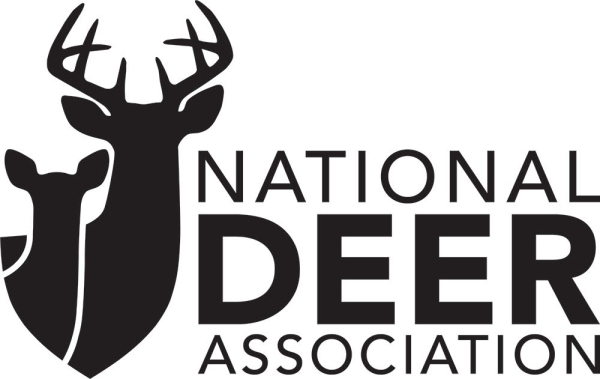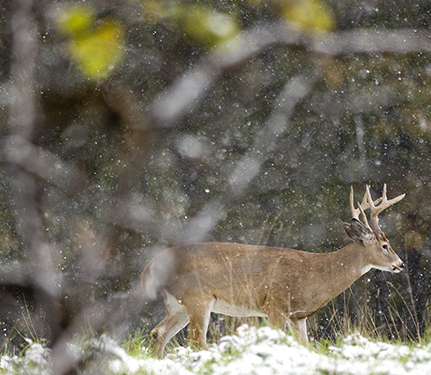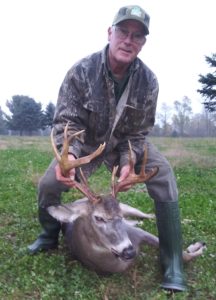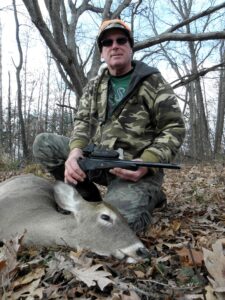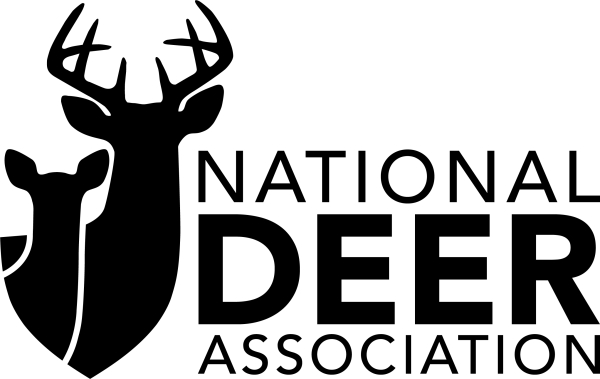Never Shoot the Wrong Antlerless Deer Again
By Glen Wunderlich
Charter Member Professional Outdoor Media Association (POMA)
Now that deer Chad Stewart of Michigan’s DNR has implored hunters to take more antlerless deer in the Southern Lower Peninsula, it’s imperative to identify the most suitable animals in the herd to maximize results. Although taking fawns is typically not on the agenda, some hunters make the mistake of thinking they are larger than they actually are and sheepishly wish they’d have held off. Fortunately, the National Deer Association (NDA) has compiled an educational video to help identify specific traits of does afield so that ethical hunters can get the best bang for their buck.

Glen Drags Out a Good Doe
Although the NDA states there’s nothing wrong with taking a fawn, I disagree – especially, if it’s a buck fawn. If one’s goal is to reduce the herd or to balance the ratio of bucks to does, taking a buck, whether immature or a whopping 10-pointer, it amounts to one animal from the herd.
On the other hand, by taking a doe, it has a compound effect on the population over the lifetime of a female breeder. Obviously, even removing a doe fawn from the herd fits the bill, but there’s not a heck of a lot of meat as reward for the effort. When one considers the cost of the tag plus processing, the cost per pound of venison is remarkably higher; there is no discount for tiny deer!
Before getting into specifics, a good binocular is highly recommended to define subtle differences; it’s far better and safer than relying on one’s scope. Make sure to add a good binocular harness that’ll keep the glass clean, dry, and ready.
If a picture is worth a thousand words, what would be the value of an instructional video? To find out, the NDA in conjunction with Chief Conservation Officer and wildlife biologist Kip Adams and The Bearded Buck (an Outdoor Entertainment Company), has produced a video to teach viewers how to separate adult does from younger does and doe fawns from buck fawns. To view the new video, visit NDA’s YouTube channel here where you can also find the 2022 video on Aging Live Bucks in the Field.
The 18-deer quiz at the clip’s conclusion allows viewers to practice what they’ve learned throughout the video. Here, viewers are provided a few seconds to identify wild deer afield.
“The ability to separate antlerless deer into two general age groups – fawns and adults – is obtainable for all hunters with a little knowledge and some practice,” said Adams. “The three key characteristics are body size and shape, head size and shape and animal behavior. This is especially pertinent when you have a group of deer in front of you during hunting season. Estimating the sex and age of live antlerless deer is a great skill for hunters.”
Having two or more deer together can help to distinguish size, because hunters are able to compare them, while the difference is more noticeable in early season. I can tell you that I’ve made the mistake of thinking a lone button buck was a good doe and I never want to make that mistake again.
Already, I’ve begun to use my newfound education to size up any and all deer I’ve been observing and it’s been an exciting change in viewing. We owe it to the betterment of the herd, and ourselves to put this valuable wisdom to work in our repertoire of hunting tactics.


